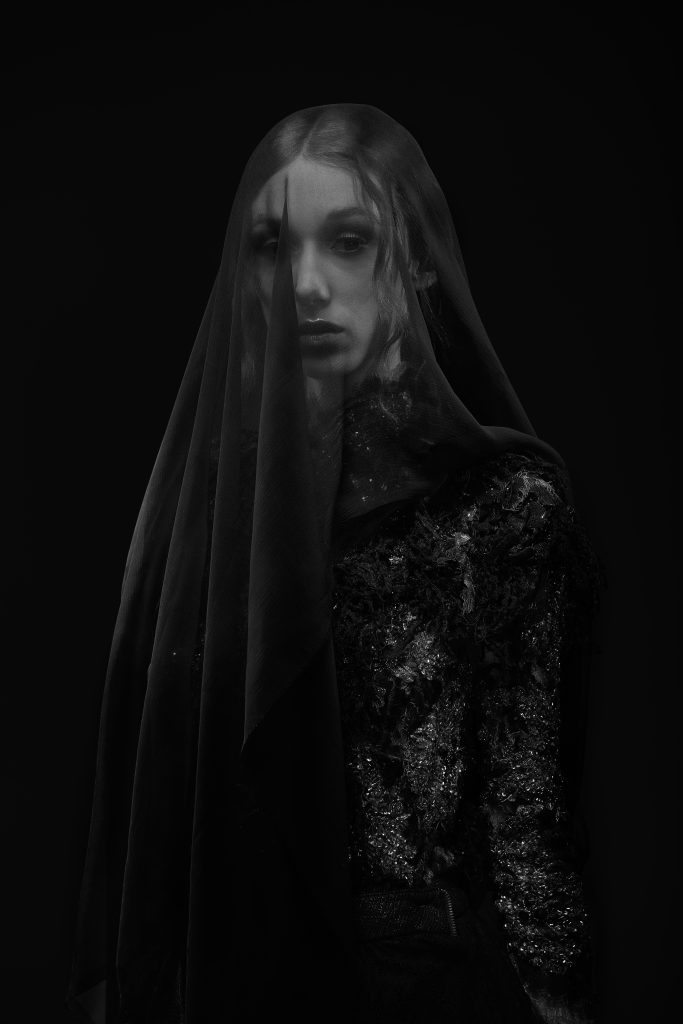
Suspiria de profundis is a Latin phrase meaning “sighs from the depths” and coincidentally one of the best known and most distinctive literary works of the English essayist Thomas De Quincey. First published in fragmentary form in 1845, the work is a collection of short essays in psychological fantasy — what De Quincey himself called “impassioned prose,” and what is now termed prose poetry. The idea of “Three Mothers” originated in the collection “Levana and Our Ladies of Sorrow”. The piece asserts that just as there are three Fates and Graces, there are also three Sorrows. They include Mater Lachrymarum (Our Lady of Tears), Mater Suspiriorum (Our Lady of Sighs), and Mater Tenebrarum (Our Lady of Darkness). The attribute of each woman tears, sighs, shadows/darkness is a direct translation of her name from Latin (“mater” being the Latin word for “mother”). In ancient Greek religion and mythology, Fates were the white-robed incarnations of destiny. They controlled the mother thread of life of every mortal from birth to death. They were independent, at the helm of necessity, directed fate, and watched that the fate assigned to every being by eternal laws might take its course without obstruction. Both gods and men had to submit to them, although Zeus’s relationship with them is a matter of debate: some sources say he can command them, while others suggest he was also bound to the Fates’ dictates. The three Moirai (Fates) are daughters of the primeval goddess Nyx (“night”), and sisters of Keres (“the black fates”), Thanatos (“death”) and Nemesis (“retribution”).
Clotho is the “spinner” who spuns the thread of life from her distaff onto her spindle. Lachesis is the “allotter” or drawer of lots, she measured the thread of life allotted to each person with her measuring rod. Atropos “inexorable” or “inevitable” was the cutter of the thread of life. She chose the manner of each person’s death; and when their time was come, she cut their life-thread with “her abhorred shears”. The myth claims that the Fates were supposed to appear three nights after a child’s birth to determine the course of its life. The myth and history of the Three Graces is a bit more complex. While they are goddesses of such things as charm, beauty, and creativity there are more then three of them. In Greek mythology, Grace is one of three or more minor goddesses of charm, beauty, nature, human creativity, and fertility. The usual roaster includes Aglaea, Euphrosyne and Thalia.
Aglaea is the Greek goddess of beauty, splendor, glory, magnificence, and adornment. She is the youngest of the Charites according to Hesiod. Euphrosyne is a Goddess of Good Cheer, Joy and Mirth. Her name is the female version of a Greek word euphrosynos, which means “merriment”. Thalia is the goddess of festivity and rich banquets and was associated with Aphrodite as part of her retinue. The Greek word thalia is an adjective applied to banquets, meaning rich, plentiful, luxuriant and abundant. All of this mythological information leads one to believe that there have to be deities represented of the Sorrows. Without them human life will be incomplete and devout of knowledge what happiness and joy are. Without dark there can be no light, without sorrow there is no joyfulness.
Story by Serafina Lach.

